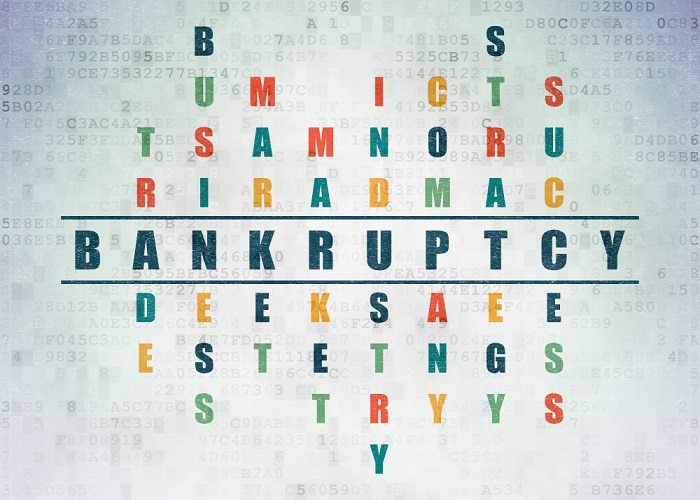Bankruptcy Proceedings in the US : The US Bankruptcy Code

The United States Code
The Bankruptcy Code or United States Code is known also as the Code of Laws of the United States of America, the Code of Law of the United States, the US Code, the U.S.C and the USC.
The US Code is the official codification and compilation of general and permanent federal laws of the United States. There are a total of 53 titles, each of which addresses a different aspect of US law.
The US Bankruptcy Code
Title 11 of the US Code is called the Bankruptcy Code or the United States Bankruptcy Code. This title is the source of Bankruptcy law in the US Code.
The Bankruptcy Code is divided into 9 chapters. The original Code contained more chapters, however, over time, some of those chapters were removed entirely as they were no longer considered relevant.

Title 11 Chapters
The following are the chapters contained in the US Bankruptcy Code:
- Chapter 1: General Provisions
- Chapter 3: Case Administration
- Chapter 5: Creditors, the Debtor and the Estate
- Chapter 7:Liquidation
- Chapter 9:Adjustment of Debts of a Municipality
- Chapter 11: Reorganization
- Chapter 12: Adjustment of Debts of a Family Farmer or Fisherman with Regular Annual Income
- Chapter 13: Adjustment of Debts of an Individual with Regular Income
- Chapter 15: Ancillary and Other Cross-Border Cases
Breaking down the Bankruptcy Chapters
There are different types of bankruptcies under the US Bankruptcy Code. Each of the types of bankruptcy have simply been named after the chapter number in which they are described.
When people talk about bankruptcy, they are usually referring to either Chapter 7 or Chapter 13 bankruptcies. A third kind of bankruptcy that a lot of people are familiar with is Chapter 11 bankruptcy.
What most people don’t know is that there are actually 6 types of bankruptcies. Chapters 7, 9, 11, 12, 13 and 15 are the sections of the US Bankruptcy Code that describe the various types of bankruptcy.
- Chapter 7: This type of bankruptcy is also known as “Liquidation” or “Straight” This is by far the most common type of bankruptcy. Individual and companies sell or liquidate their assets, pay off their creditors and a freed from debt. The impact of this type of bankruptcy is that you have a depressed credit rating and you lose most of your assets.
- Chapter 9: This proceeding gives relief to municipalities (counties, cities, townships and school districts) that are financially troubled. If a municipality files for a Chapter 9, it is given protection from creditors and lenders until the debts are paid off. This is done by creating a repayment plan that is agreed upon by both parties.
- Chapter 11: This type of bankruptcy is filed by companies that want to continue doing business. By filing for this kind of bankruptcy, companies are able to reorganize their business affairs and create a debt repayment plan.
- Chapter 12: This filing is only available to family farmers and fishermen who have a steady source of income. It is very much like a Chapter 13 bankruptcy, but has provisions that are specific to the unique circumstances that family farmers and fishermen face.
- Chapter 13: The second most common type of bankruptcy, Chapter 13 is also called the “Wage Earners Bankruptcy”. People who have a steady source of income but have too many debts can file for this kind of bankruptcy. The proceedings will help the person create a repayment plan and help disburse your earnings to your creditors.
- Chapter 15:This is the bankruptcy that handles jurisdiction in cross-border bankruptcy proceedings. It allows for cooperation between US courts and foreign courts to resolve bankruptcy cases.
Bankruptcy Abuse Prevention and Consumer Protection Act – 2005
There were sweeping changes made to the US Bankruptcy Code in 2005 which made it harder for people to apply for bankruptcy and/or commit bankruptcy fraud. Chapters 12 and 15 were added to the Code. Chapter 12 was added as a response to the worsening conditions that small family farmers and fishermen were facing due to the economic situation. Chapter 15 was required due to the multinational nature of a large number of corporations.











